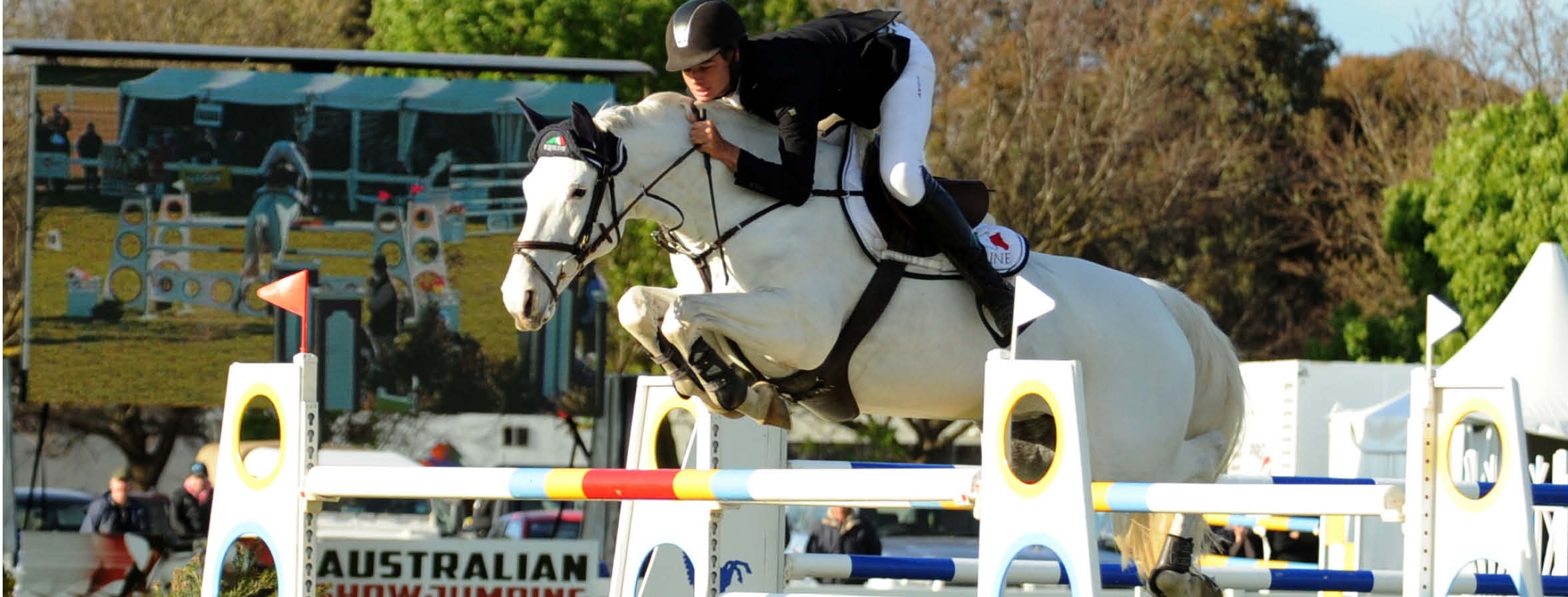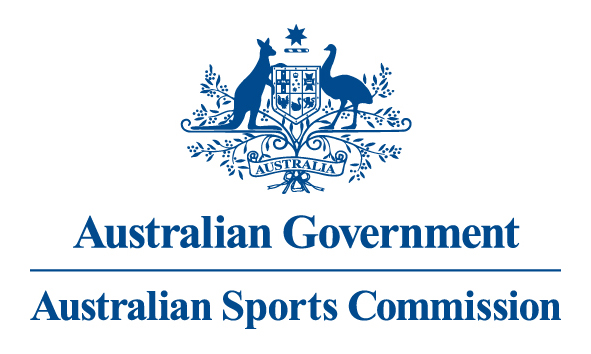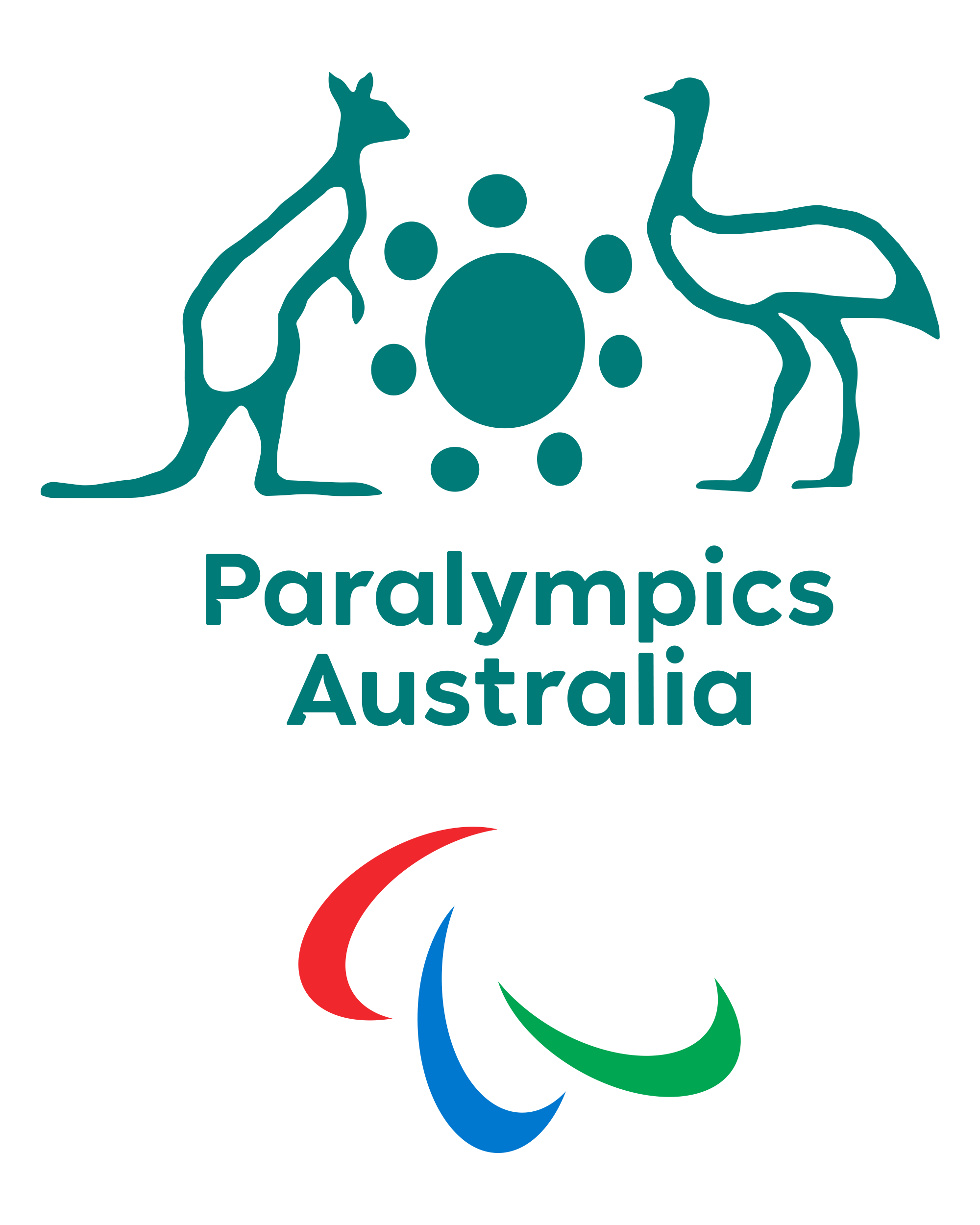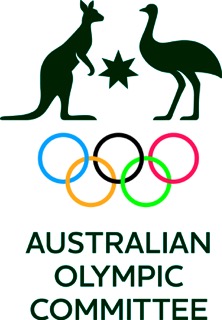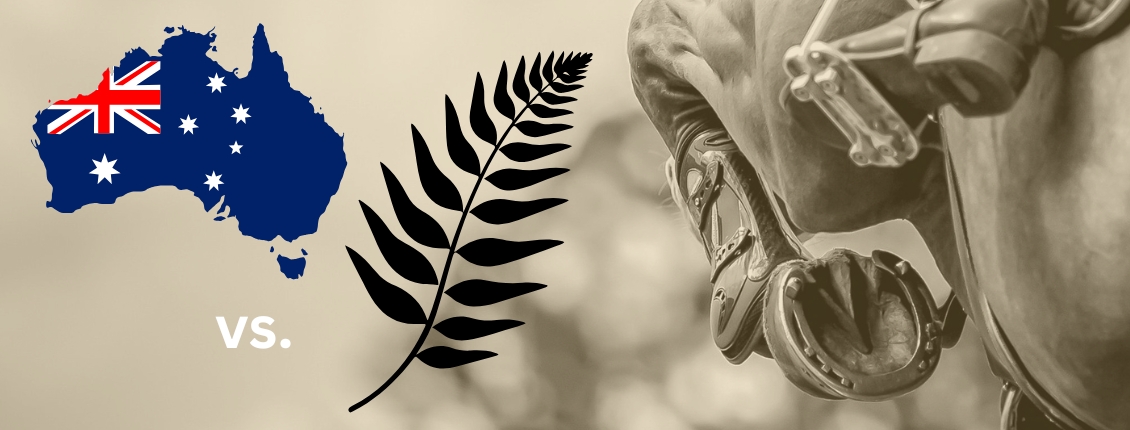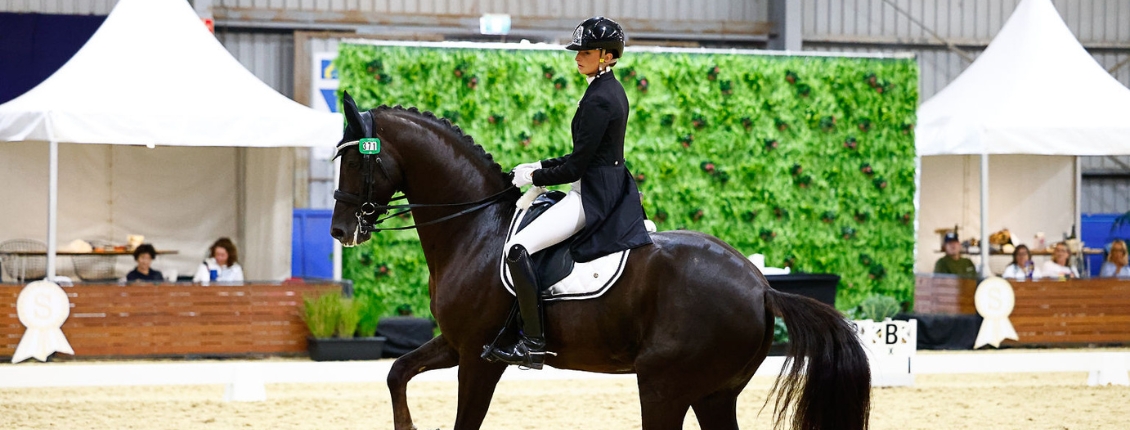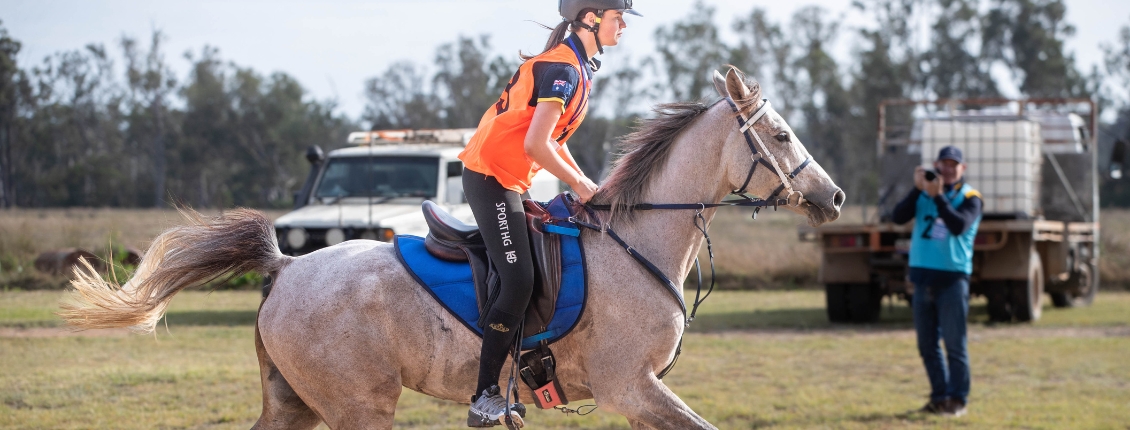From the time equestrian sport was introduced into the Olympic Games in 1912, Australian riders and horsemen longed to see an Australian equestrian team take part. When, in 1948, Australia was awarded the 1956 summer Games, the time had come to make that dream a reality but there was a snag - there was no sport of equestrian as such in Australia, let alone a national body organising equestrian sport.
For a country to participate in an Olympic sport, it needs a national sporting federation, that national federation needed to be recognised by that sport’s international organising body and by the Olympic Committee of the country concerned. So, before an Australian equestrian team could get to the 1956 Olympics, we had to organise a national equestrian organisation, first on a State by State basis, and then a national representative organisation.
The Equestrian Federation of Australia or EFA was firstly formed on a State by State basis and then those States formed the national body, the Equestrian Federation of Australia, in 1951/52. The sole reason for the national body’s formation was to facilitate gaining acceptance of an Australian equestrian team at the 1956 Melbourne Olympics. The persons driving the push for the EFA were no doubt many, but four stand-out - these were Samuel Hordern, who was then President of the NSW EFA, Jim Barnes, who was on the committee of the NSW EFA and (Sir) Alec Creswick and Tom Luxton of the Victorian EFA. All were represented on the governing bodies of their respective Royal Agricultural Societies where the State Branches originally sourced from.
EFA’s acceptance as the national representative body for equestrian sport was not clear-cut in early 1952 when the EFA was formed. Although Samuel Hordern could report to the National Council of the EFA some 60 years ago that as a consequence of his trip to Europe in late 1951, the EFA had the clear support and mandate of the Federation Equestrienne Internationale (FEI) and the International Olympic Committee, to take an Equestrian team to the 56 Games, the position of the Australian Olympic Committee in recognising the EFA was not so clear, due no doubt to the strong rear-guard action undertaken in a number of State Olympic Committees by the then Australian Horse Society though a body called the Amateur Equestrian Union of Australia.
Despite 4 years of furious politicking by the likes of Samuel Hordern, Jim Barnes, Alec Creswick and Tom Luxton across the globe and across the country in the years leading up to the Games in Stockholm, it was all touch and go whether we would get an equestrian team to the 1956 Olympics notwithstanding that in 1955 we had already sent our first team went away to England to “learn” Eventing in anticipation of being Australia’s representatives at Stockholm.
During the 1990s, the governing body of the EFA, its Federal Council, explored ways in which to make the EFA a truly national organisation, rather than one composed of members of individual State Branches. On July 12 1997, the EFA became the Equestrian Federation of Australia Ltd, a company limited by guarantee, with a Board of Directors comprising the State Chairs and a number of appointed Directors. In 2001, the general membership was able to elect a further three Board members directly.
At a General Meeting at Sydney Airport on Sunday, 18 January 2004, the shareholders (Branches) of the Equestrian Federation resolved to implement the recommendations of a Governance Review that had been undertaken over the previous 18 months. This resulted in a totally new form of "governance", with a skills-based Board of five directors elected by the "shareholders" from nominations by the general membership of the EFA.
The EFA evolved to become Equestrian Australia (EA) and, in 2009, the Branches as the only voting members decided to make some changes to the constitutional provisions and also adopted a major 're-write' of the constitution itself.
Further down the line, in 2021, further changes were made to the structure of the organisation, giving every financial EA member voting rights, rather than just the State Branches.

